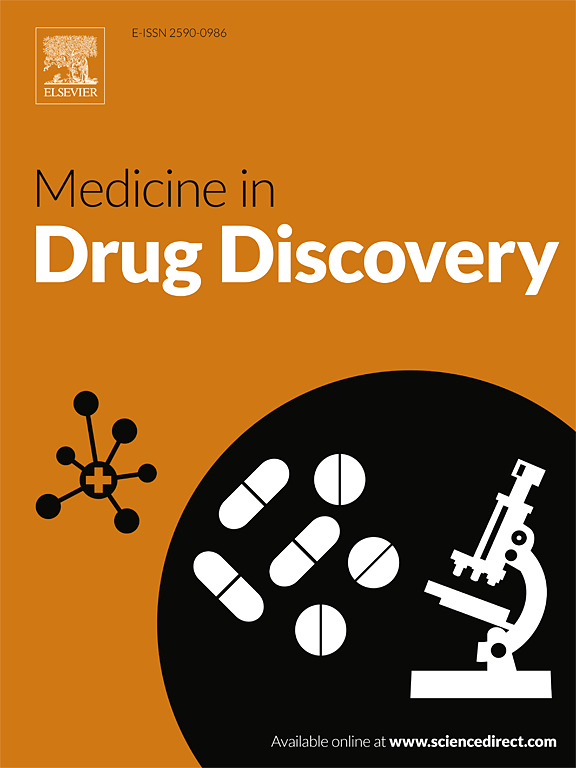Recent approaches in nanotoxicity assessment for drug delivery applications: Challenges and prospects
Q2 Medicine
引用次数: 0
Abstract
Nanoparticles have emerged as a promising tool in the field of drug delivery, offering targeted and controlled release of therapeutic agents. However, the increasing use of nanoparticles has raised concerns about their potential toxicity and adverse effects on human health and the environment. This review article provides a comprehensive overview of the recent approaches in nanotoxicity assessment for drug delivery applications, highlighting the challenges and future prospects in this rapidly evolving field. The article explores into the cellular and molecular mechanisms underlying nanoparticle toxicity, including oxidative stress, inflammation, genotoxicity, and neurotoxicity. The importance of nanoparticle characterization and the role of physicochemical properties, such as size, shape, surface chemistry, and composition, in determining their toxicological profile are emphasized. The article also discusses the current trends in nanotoxicity assessment, focusing on advanced in vitro and in vivo models, high-throughput screening techniques, and the use of alternative animal models, such as zebrafish and C. elegans. The regulatory landscape surrounding nanotoxicology is explored, emphasizing the need for standardized testing protocols and risk assessment frameworks. Furthermore, the article highlights the importance of a multidisciplinary approach, integrating expertise from fields such as material science, toxicology, and pharmacology, to address the complexities of nanotoxicity assessment. By providing a critical analysis of the current state of nanotoxicity research and identifying key knowledge gaps, this review article aims to guide future research efforts and contribute to the development of safer and more effective nanoparticle-based drug delivery systems.

纳米毒性评估在给药应用中的最新进展:挑战与前景
纳米颗粒作为一种很有前途的药物递送工具,提供靶向和控制释放治疗药物。然而,纳米粒子的日益使用引起了人们对其潜在毒性和对人类健康和环境的不利影响的关注。本文综述了纳米毒性评估在药物传递应用中的最新研究方法,强调了这一快速发展领域的挑战和未来前景。本文探讨了纳米颗粒毒性的细胞和分子机制,包括氧化应激、炎症、遗传毒性和神经毒性。强调了纳米颗粒表征的重要性以及物理化学性质(如大小、形状、表面化学和组成)在确定其毒理学特征方面的作用。本文还讨论了纳米毒性评估的当前趋势,重点是先进的体外和体内模型,高通量筛选技术,以及替代动物模型的使用,如斑马鱼和秀丽隐杆线虫。围绕纳米毒理学的监管景观进行了探索,强调需要标准化的测试协议和风险评估框架。此外,本文强调了多学科方法的重要性,整合了材料科学、毒理学和药理学等领域的专业知识,以解决纳米毒性评估的复杂性。通过对纳米毒性研究现状的批判性分析和识别关键的知识空白,本文旨在指导未来的研究工作,并为开发更安全、更有效的纳米颗粒给药系统做出贡献。
本文章由计算机程序翻译,如有差异,请以英文原文为准。
求助全文
约1分钟内获得全文
求助全文
来源期刊

Medicine in Drug Discovery
Medicine-Pharmacology (medical)
CiteScore
8.30
自引率
0.00%
发文量
30
审稿时长
21 days
期刊介绍:
 求助内容:
求助内容: 应助结果提醒方式:
应助结果提醒方式:


